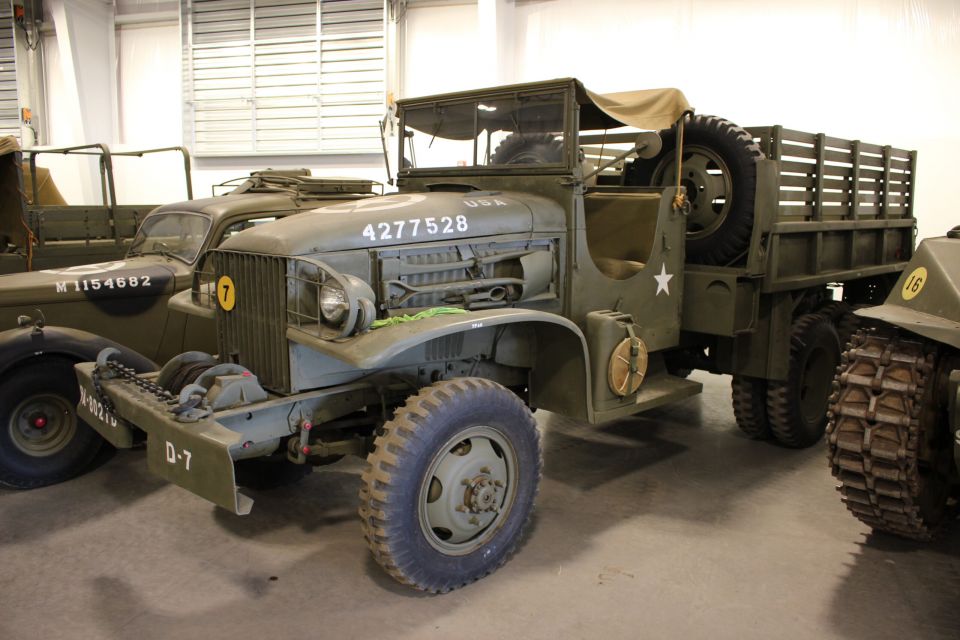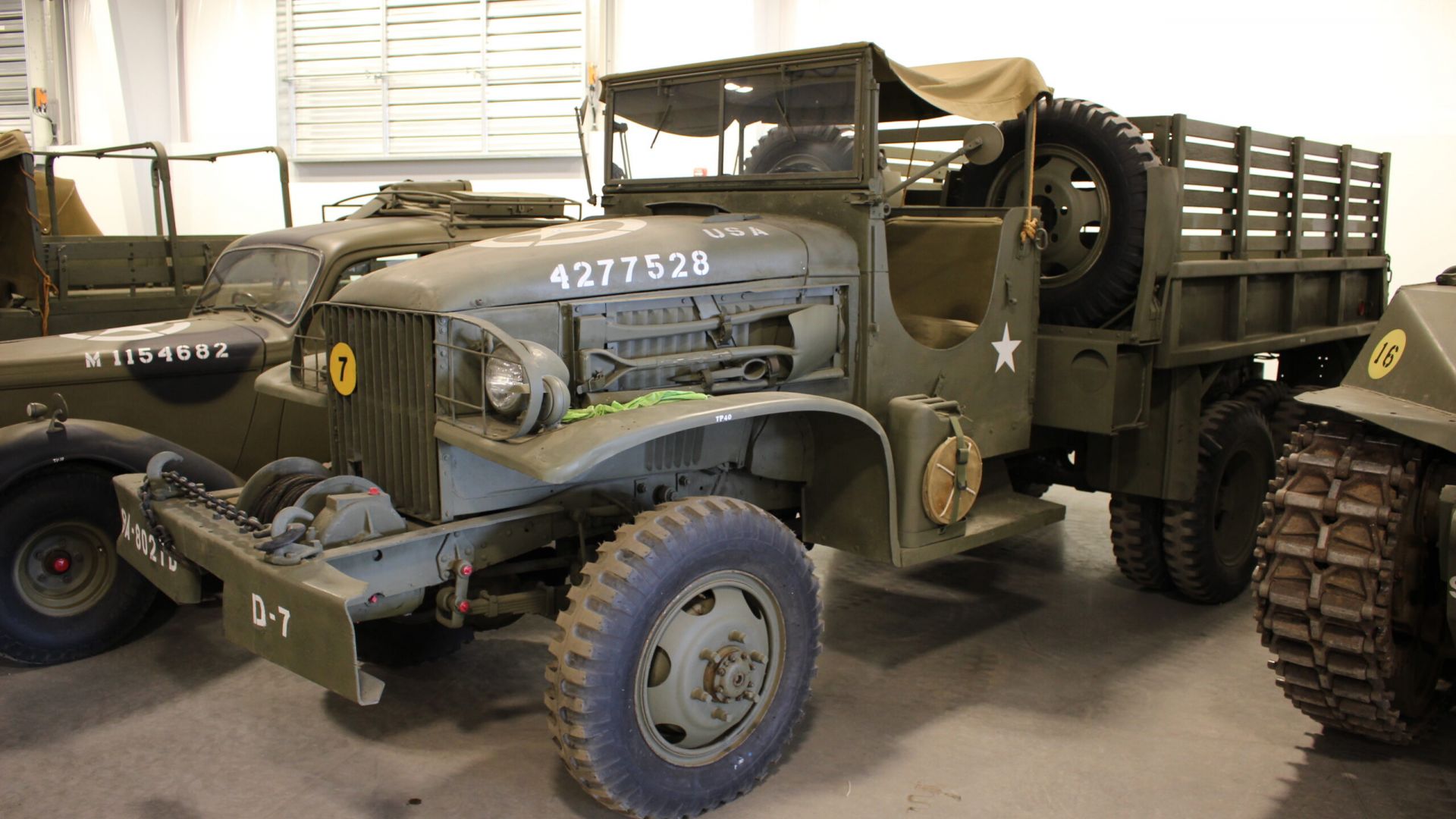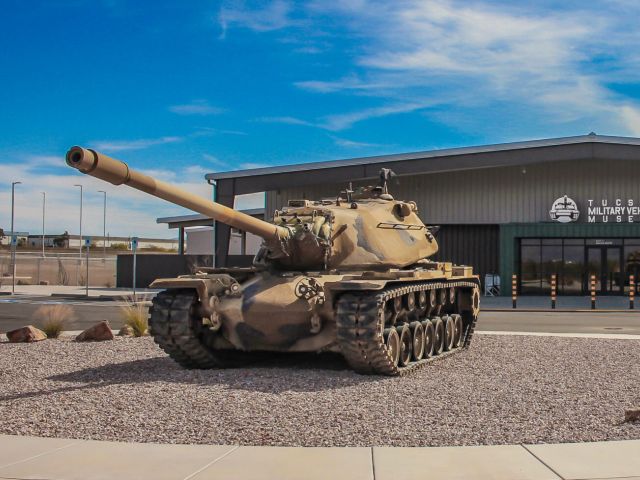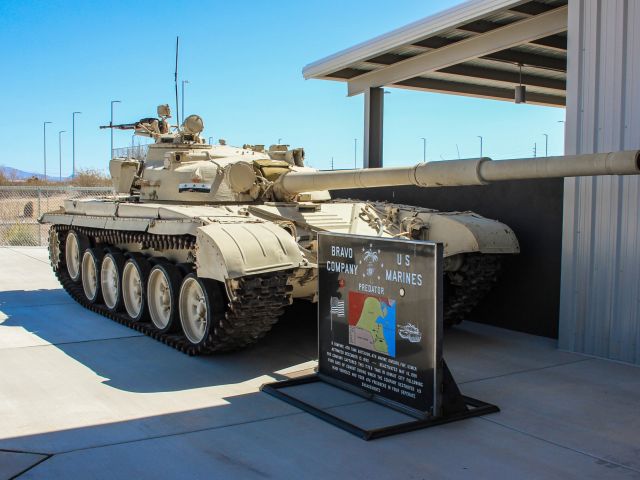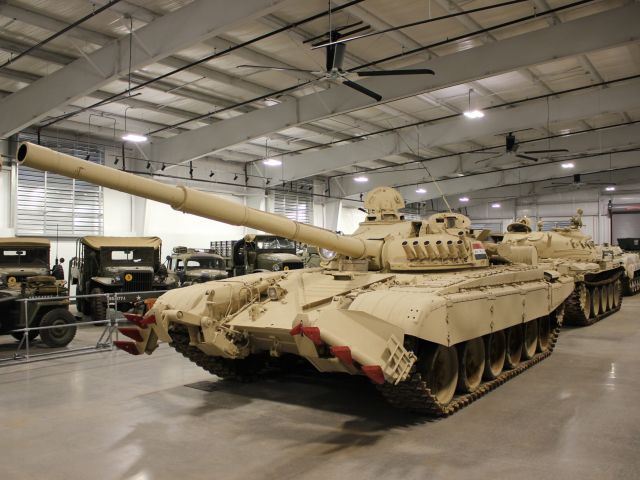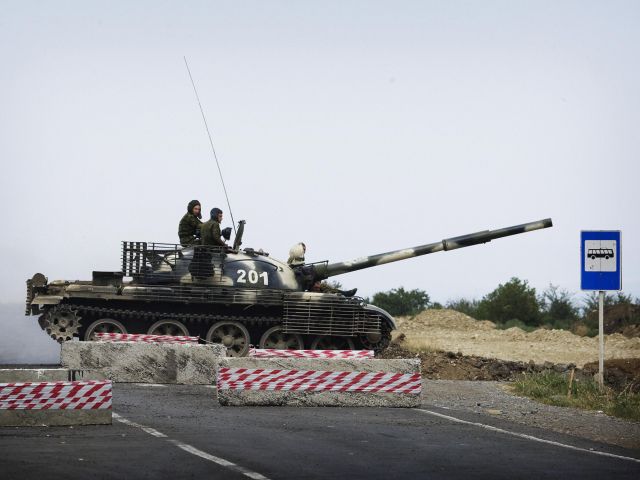Technical Specifications
-
Enter Service:1941
-
Crew:2
-
Weight:8,800 lbs (empty), 16,400 lbs (loaded)
-
Dimensions:Length: 22 ft 6 in, Width: 7 ft ¾ in, Height: 7 ft 8 in (to cab)
-
Powerplant:GMC 270 6-cylinder in-line, 104 hp
-
Performance:Speed: 45 mph; Range: 300 mi
-
Fuel Capacity:40 US gal
Description
The GMC CCKW, (C, 1941; C, conventional cab; K, all-wheel drive; W, dual rear axles) known as the “Jimmy” or “Duce and a Half,” was a standard class of medium duty trucks built to a universal design for the U.S. Army. Between 1939 – 1940, the U.S. Army Ordnance Department developed specifications for a tactical truck with a 2½ short ton load rating, 6×6 wheel-drivetrain, capable of operating off-road in any weather. Yellow Coach (General Motors), the manufacture of a similar tactical truck, the 1939 ACKWX, (A: 1939, C: conventional cab, K: all-wheel drive, W: tandem rear axles, X: experimental chassis/non-standard wheelbase) for the French Army, developed the CCKW from this truck model.
As the US Army’s standard medium truck design during World War II, over 570,000 CCKWs were built, more than any other US vehicle except the “Jeep”. By 1947 there were over 20 standardized bodies, and many more special modifications. Production began at Yellow Coach’s Pontiac, Michigan truck plant in 1941 and at Chevrolet’s St. Louis plant in 1942. In 1943 Yellow was renamed G.M.C., leading to the popular nickname “Jimmy”. Production ended in 1945.
From the Count Ferdinand von Galen Collection, donated by his family in memoriam.
